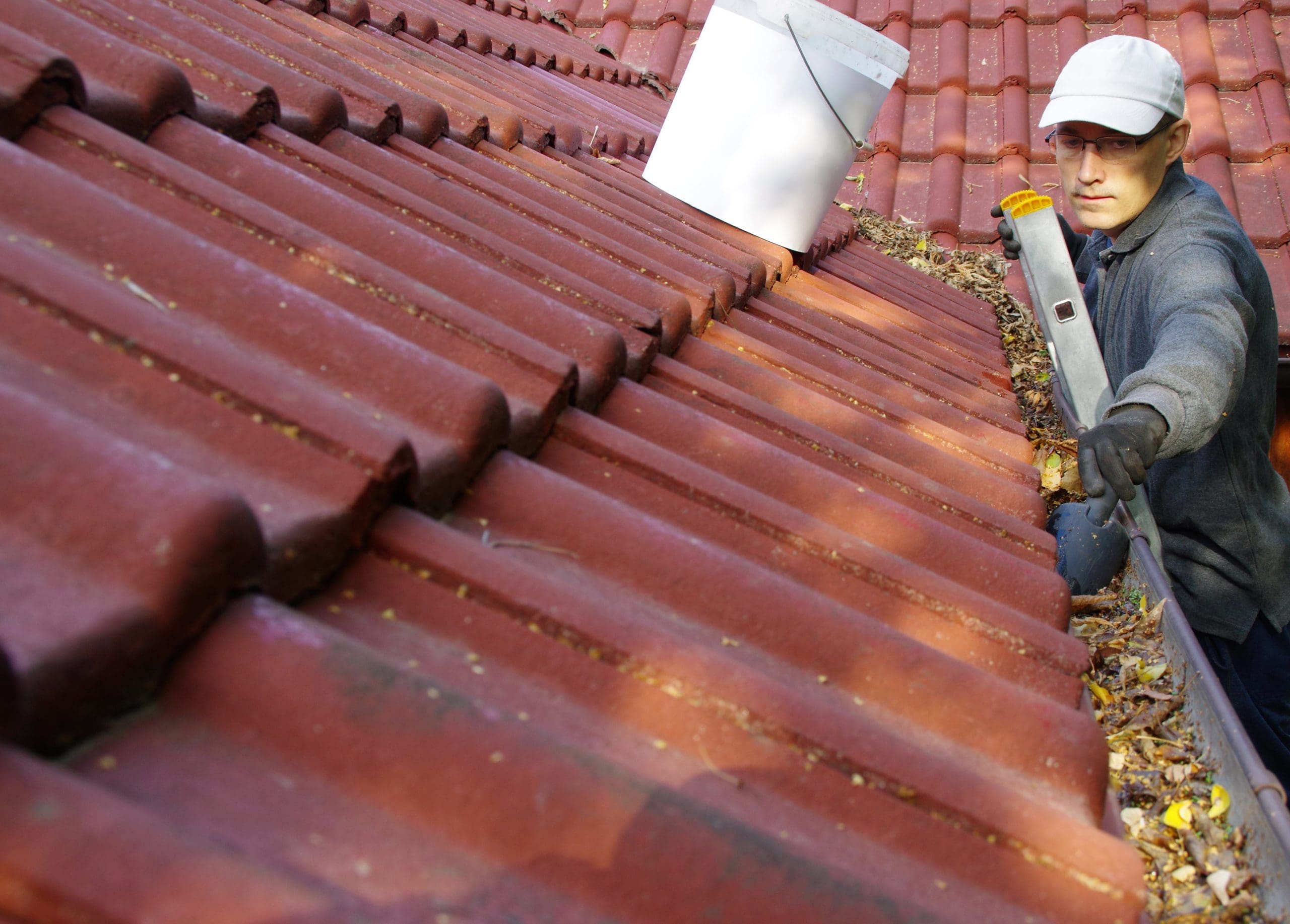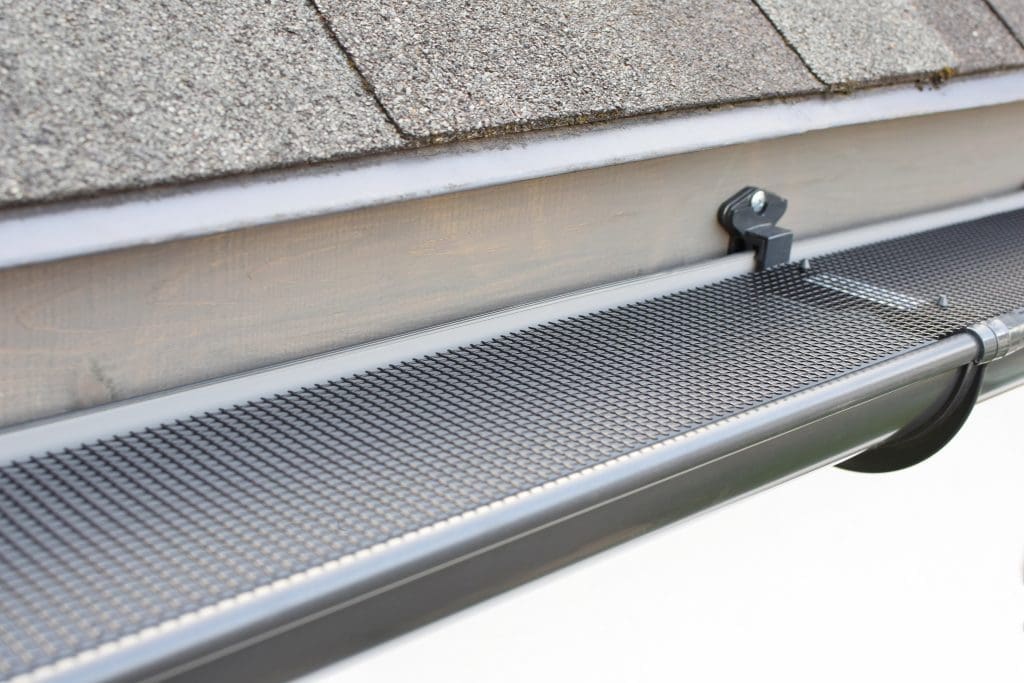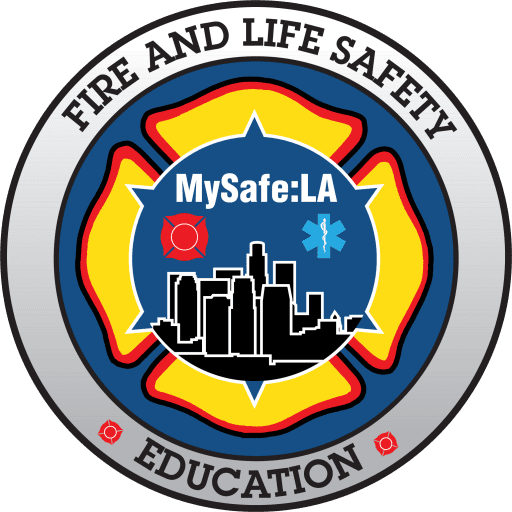Get Ready
It starts with a plan. The plan is complete with defensible space, a hardened home, and participation in a California Fire Safe Council or NFPA Firewise USA community.
Most people aren't prepared for a wildfire
Even with so many dangerous wildfires occurring in California, a majority of people who live in areas likely to be impacted by wildfires don’t have a plan in place related to protecting their home and if required, surviving a wildfire.
Wildfires are the result of multiple environmental components, including:
Fuel
Topography
Weather
In many areas, wildfires are a natural element of nature, and are important to the ecosystem and natural evolution of forests and grasslands. We’ve build homes in places where wildfires occur, and whether those homes are 80 years old or 80 days old, they are within the “wildland urban interface” (WUI) and subject to destruction from wildfires.
People live in these areas because the landscape and vegetation are lovely, and it makes a homeowner feel they’re away from the urban crunch of a city. At the same time, even though they know that a wildfire may be a threat, it’s not something that is easy to think about. People have heard about “Ready, Set, Go” and some of them think about things like “evacuation,” but generally speaking, there’s usually no plan – so no readiness.
We want to help you be prepared!
There are so many things you can do to be prepared for a wildfire – and those steps and activities don’t have to cost a lot of money. The key components include:

- Participate in the Los Angeles Regional Fire Safe Council
- Get Notified – sign up for Notify:LA and/or other alerts
- Make a wildfire plan (prepare, survive, recover)
- Build a wildfire GO kit
- Create a family “communications” plan
- Create defensible space around your home
- Harden your home
- Join a group of other homeowners to share wildfire preparedness information
- Practice your plan
- Insure your home and property
If you’re part of the MySafe:LA Wildfire Alliance, you’ll already have these steps ready for action. Even if you aren’t part of the alliance, it’s important that you be prepared.
We can provide you with a wildfire assessment
Regardless of the actions you plan to take, obtaining a wildfire assessment is crucial when fortifying your home. If you would like one of our wildfire experts to conduct an assessment, please reach out to us.
Get Connected
One of the most basic wildfire preparedness actions is to be alerted in the event of a wildfire – or any disaster. The City of Los Angeles has a solid method of notifying people in the event of a wildfire. This system, called NotifyLA, will ping you with important information that can give you a head start in the event there’s an approaching wildfire. Best of all, you can manage the type of alerts, the locations that mean the most to you (home, work, school, etc.), and how you want to receive them.
Save Your Home Today!
Find the best solution for insurance discount qualifications, and home resilience requirements
Harden your home
There are a number of ways you can improve the structure you live in – reducing the threat from approaching flames and heat. Often, the first step is doing a bit of research. The Insurance Institute for Business and Home Safety (IBHS) has developed some scientific and proven advice on how to harden a home against wildfire.

Make a Kit
In California, we’ve traditionally been known as “earthquake country.” Having an “emergency” or GO bag/kit has been a primary component of an earthquake-ready family. As wildfires continue to grow and become more destructive, that “kit” with a few modifications can become just as valuable for wildfire readiness. Do you have a kit?
Defend your property
Wildfires are going to occur. There’s no stopping them. Of the 20 most destructive wildfires in California’s recorded history (as measured by the number of buildings destroyed), 13 of them have occurred since 2017. Combined, these fires destroyed nearly 40,000 structures, killed 148 people, and reduced millions of acres into black and white ash. By establishing a “buffer zone” between your home and the surrounding environment, you can increase the chance of your home surviving a wildfire – and you can also provide firefighters a place to position themselves to perform structural defensive operations.
Attend a Fire Safe Council Virtual Town Hall
Every month, MySafe:LA, as the primary countywide Fire Safe Council hosts a virtual town hall meeting. These meetings are an excellent way to stay in touch with what’s happening relative to wildfire in Los Angeles – to hear from subject matter experts, and to share opinions and gain knowledge to make your home and property as safe as is possible.
Recent Town Hall meetings have included:
- LAFD Deputy Chief wildfire presentation
- Deputy State Insurance Commissioner presentation
- LAFD Battalion Chief wildfire weather presentation
- LAFD Brush Unit Commander brush clearance presentation
- MySafe:LA experts teaching key wildfire steps to take
- Maui resident discussing the August 2023 Maui wildfires
You can listen to any of our past wildfire presentations by selecting from the meetings below. Note that most audio recordings are posted approximately two weeks after the actual meeting takes place.


